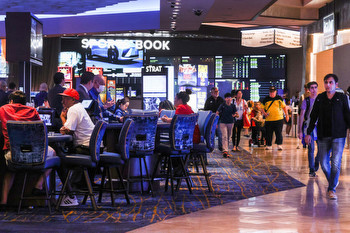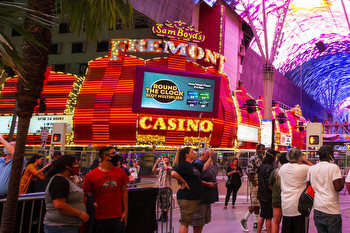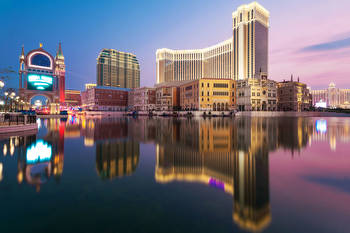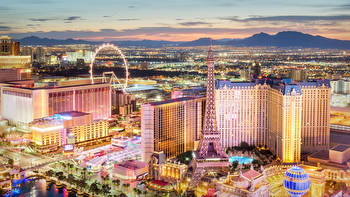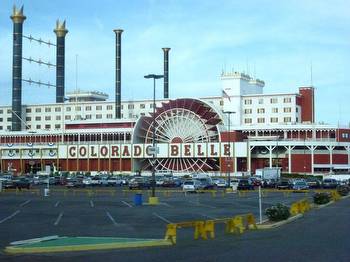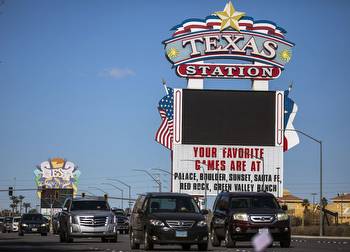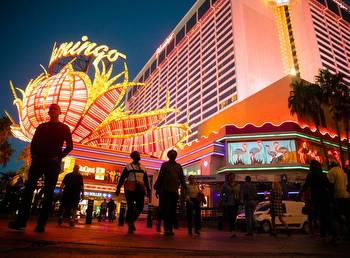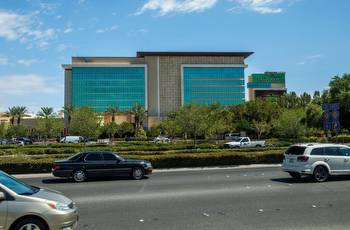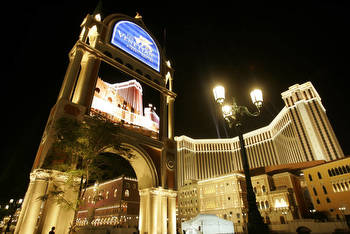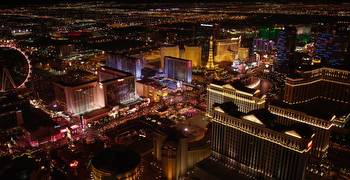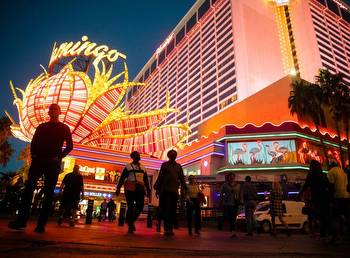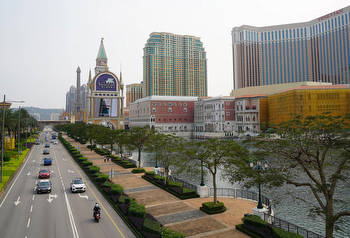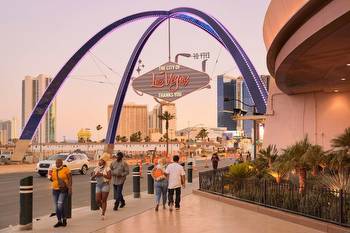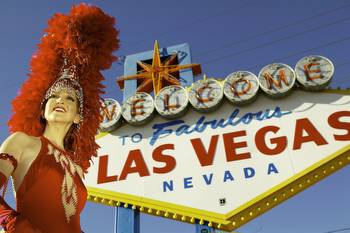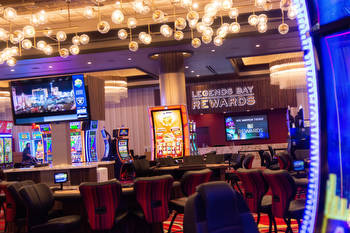Las Vegas Casino Strip Faces Potential Decline Despite Pandemic Recovery
In the illustrious heart of Las Vegas, the thriving Strip lined with resplendent casino hotels presented an impressive story of an unyielding recovery after the vehement assault of the coronavirus pandemic. However, an encroaching sense of languor has started to pull the edges of this revivifying tale.
Speaking forth about this lethargy, Carlo Santarelli, an analyst at Deutsche Bank, sent a note to clients pronouncing a probability of emerging fissures in the renewed vigor of this US casino hub. Such assertions were drawn from the recent quarterly earnings reports of operators engaged in the Strip’s affair.
⭐ ✔️
The speculated cracks will be put to the test as Caesars Entertainment, the vast empire reigning right behind MGM Resorts International on the Strip, unveils its first quarter results post the closure of US markets on Tuesday.
An analysis of the last twelve quarters showcases an incessant growth in Gross Gaming Revenue (GGR) in Las Vegas, a steady climb since the pandemic loosened its grips in the 2Q21. In this quarter, the LV Strip’s GGR cruised past 2019 levels for the first time since the pandemic recovery was initiated. However, recent times have seen the emergence of indelible fault lines, as inferred from several reports in the past few earnings seasons.
These signs began with the March GGR report for Nevada, where a 1.65% year-over-year drop was registered, the first recession in eight months. A significant factor contributing to this decline was a 37.2% decrease in convention attendance last month.
Events of stature, such as the Las Vegas Gran Prix and the Super Bowl, have had varying impacts on the Strip operators. The mecca of auto-racing, the Formula One race, unraveled fortunes for high-end Strip integrated resorts like Caesars Palace, Wynn and Encore, and MGM’s Aria, Bellagio, and Cosmopolitan. Contrastingly, mid-tier venues like Caesars’ Flamingo and Harrahs, MGM’s Excalibur, as well as comparable properties, saw lesser advantage from these events.
According to Santarelli, the end of the pandemic financial aids for consumers has signaled a downward trajectory for lower to mid-tier properties. Furthermore, regional casinos in the Midwest, South, and other regions have shown declining stability, a trend that could extend its claws to destination markets including Las Vegas.
Despite sluggish economic paradigms, affluent consumers often steer clear of financial instability. This should be a beacon of hope for operators of luxurious Strip integrated resorts. However, this belief is not impervious to changing circumstances and could be contested with the advent of macroeconomic hurdles.
Santarelli opines that amid heated competition for affluent bettors, signs of decline in this segment are starting to show. Despite the Baccarat segment currently supporting GGR, presenting indications of it reaching a plateau, he anticipates this dynamic will dwindle, thus further exposing the stagnation in the market.











